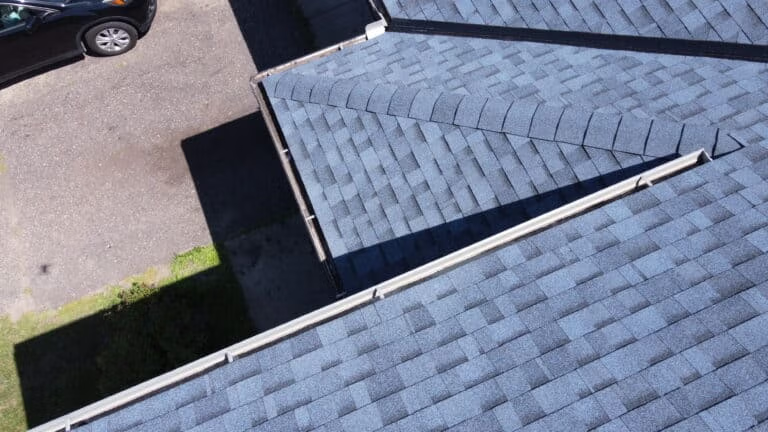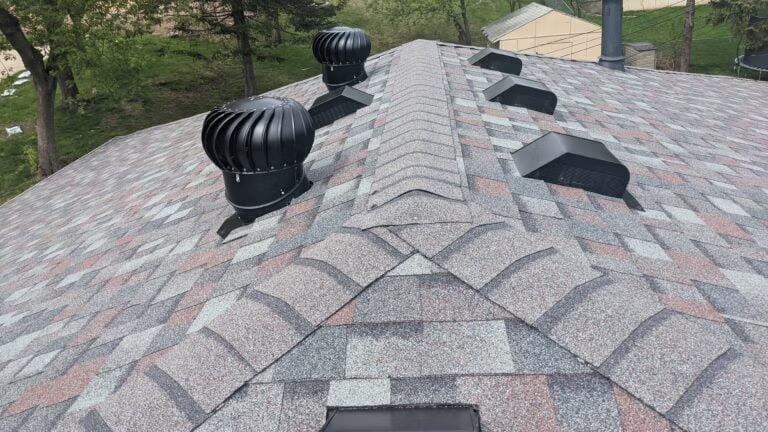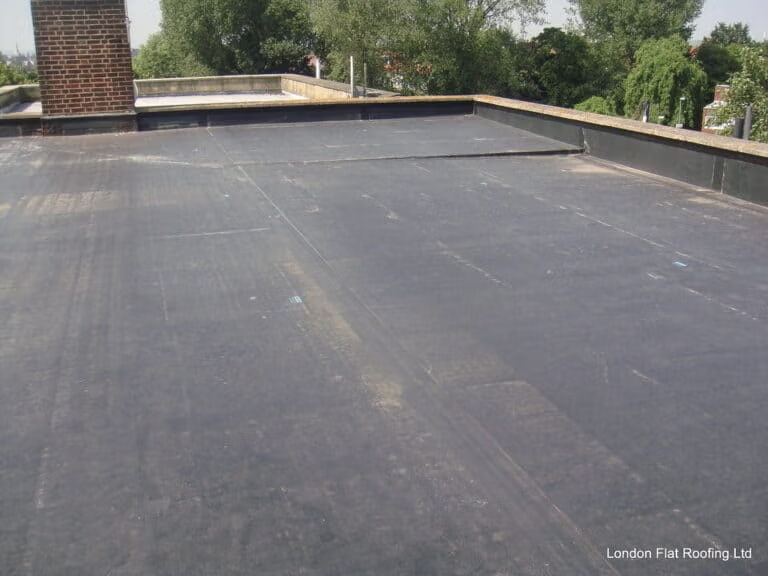Picture yourself basking in the pleasant warmth of a summer evening on your patio, taking pleasure in the tranquility of your outdoor sanctuary. A patio is a cherished extension of your home, providing a relaxing space to connect with nature and create lasting memories.
However, like any other component of your home, it faces constant environmental stress. Searing heat, relentless downpours, chilling snow, and everything in between can seriously affect your outdoor oasis. That’s why weatherproofing is a crucial aspect of maintaining its charm and functionality for the long haul.
Understanding the Need for Weatherproofing
Assessing Climate and Environmental Factors
The climate in your area significantly determines the degree of wear and tear your patio experiences. Severe sunshine, freezing temperatures, heavy rainfall, or high humidity – each of these elements can adversely affect it.
Therefore, identifying specific environmental factors in your region is essential when planning for weatherproofing. This proactive approach not only mitigates damage but also prolongs the lifespan and preserves the aesthetics of your patio.
Recognizing Potential Damage
Recognizing the early signs of damage due to weather conditions is another vital aspect of weatherproofing. Visible cracks, fading or discoloration, peeling paint, or an uneven surface can be alarming indicators of weather-related wear.
Overlooking these symptoms and delaying weatherproofing can lead to more serious issues, expensive repair bills, and safety concerns. Therefore, it’s always wise to adopt a proactive stance in preventing potential damage and addressing small problems before they escalate. If you’re not much of a handy person, there are professional service providers who can notice these things for you.
Preparing for Weatherproofing
Evaluating Your Patio’s Current Condition
Preparation is key when it comes to weatherproofing. Begin with a comprehensive inspection of your patio, including its surface, underlying structure, and any installed features, such as a pergola or fire pit. Scrutinize areas that may be more vulnerable to damage, like unsealed surfaces, crevices, and joints. Noting down the details and accurate measurements will come in handy when it’s time to select weatherproofing materials.
Choosing the Right Materials and Supplies
Once you have a clear understanding of your patio’s condition and needs, it’s time to choose the appropriate materials and supplies for weatherproofing. The options may seem overwhelming, but keeping in mind factors like construction materials, your budget, and your region’s climate can simplify the decision-making process. By aligning your choices with these factors, you’ll ensure an effective and long-lasting weatherproofing job.
Primarily, sealants and waterproofing paints are popular materials chosen for their ability to repel water and protect surfaces. They come in a variety of options suitable for wood, concrete, or brick patios. For application, brushes and rollers are handy tools, ensuring an even coat of sealant.
A good quality caulking gun is essential for sealing gaps, cracks, and joints, with silicone or acrylic caulk commonly used. Tools like a pressure washer can assist in cleaning the patio surface before you begin, maximizing the effectiveness of your weatherproofing efforts.
A squeegee can help to distribute sealant and remove excess material smoothly. Experts from beltwaymovers.com also highly recommend having a dedicated storage area for your weatherproofing tools and materials, whether it’s in your home or a unit at a storage facility. Keeping a reserve of these items ensures you’re prepared for touch-ups or maintenance when needed. Proper storage also extends the lifespan of your tools and keeps them readily accessible.
Weatherproofing Techniques
Sealing and Waterproofing
Sealing gaps, cracks, and joints is a fundamental step in weatherproofing. These breaches can allow moisture to seep in, leading to issues like mold growth and structural instability. Selecting the right sealant is crucial and should be suitable for your patio’s material type. If the process seems too daunting, don’t hesitate to call professionals. They can provide expert advice and ensure a flawless sealing job.
Protecting Furniture and Decor
Your patio’s appeal is not only its structure but also the furniture and decor elements that adorn it. Outdoor furniture, grills, decorative pieces, and potted plants are all susceptible to weather damage. Using waterproof covers and storage solutions can protect these items and prolong their life. Remember, regular cleaning and proper maintenance of these elements are equally crucial in preserving the overall allure of your patio.
Enhancing Drainage and Water Management
Effective water management is an integral part of weatherproofing. A poorly drained patio can result in water pooling, leading to potential hazards like slippery surfaces and mosquito breeding grounds. Moreover, standing water can contribute to the premature wear of your patio’s surface.
A good patio design will naturally guide water away from the area, but if your patio isn’t draining properly, consider regarding the surface or installing a drainage system.
Reinforcing Structural Elements
Your patio might also need structural enhancements to withstand the rigors of the weather. If you notice signs you need to replace your deck, like rotting wood or unstable railings, it may be time to strengthen certain parts. Professional service providers can bolster the structural integrity of your patio, ensuring that it remains safe and durable for the long term.
Maintenance After Weatherproofing
Regular Cleaning and Maintenance
Post-weatherproofing, regular cleaning, and maintenance become critical. Debris accumulation can lead to problems like stains and mold growth and even affect the efficacy of weatherproofing measures. Regular sweeping, washing, and maintenance keep your patio looking pristine and ensure the longevity of your weatherproofing efforts. Remember to use cleaning products that are suitable for your patio’s materials to avoid unintentional damage.
Periodic Inspection and Repairs
Maintaining a weatherproofed patio isn’t a set-it-and-forget-it task. Regular inspections can help you catch and address potential issues before they become big problems. Look for signs of wear or damage that may require repairs or additional weatherproofing. While some fixes can be handled with a bit of DIY, it’s best to consult professionals for more significant issues.
If you’re planning a move to a new residence, remember to examine the patio area closely. Applying these weatherproofing tips from scratch could be an ideal opportunity to create a comfortable and enduring outdoor space in your new home.
Additionally, if you already own elements of a weatherproofed patio (furniture coverings, necessary tools, etc.), remember to bring them to your new home. As long as you avoid the most common packing mistakes and follow the appropriate techniques, it can help you avoid issues in the future and keep your patio safe.
Weatherproofing Your Patio for Year-Round EnjoymentTo conclude
In conclusion, weatherproofing your patio is an ongoing commitment. It’s not merely about protecting the surface but ensuringthelongevity, safety, and aesthetics of your beloved outdoor space. With regular inspections, timely repairs, and diligent maintenance, you can uphold its appeal and functionality for years to come.
And if anything seems too difficult, you can always call for professional help. So, why wait? Make weatherproofing a priority today, and rest assured that your patio is well-equipped to weather any storm. After all, it’s your haven and deserves the best care possible.






